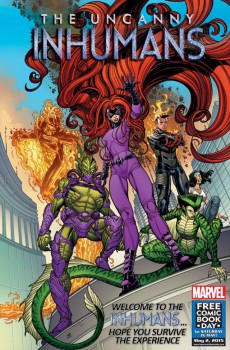Superhero TV: Watching Supergirl With a 10-Year Old
From my point of view, Marvel has been dominating the superhero movie business. Doing my best to raise a better nerd, I’ve showed the best movies to my son (Avengers, Cap, Iron Man I and II, Ant-Man, etc). I’ve heard good things about Agents of SHIELD and Agent Carter, but I’m not sure if I’d enjoy it with no superheroes. So what’s left for Papa + Boy + popcorn movie night?
I’ve been hearing great things about DC TV: Arrow, Flash and Supergirl. Arrow comes with a PG rating and my son hasn’t been desensitized to violence yet, so I parked that one and all the bullet casings used in its filming.
Then I thought: should I start with the Flash or Supergirl?
I knew he would love the Flash. That’s a no-brainer. Even talking about someone who can run faster than the speed of sound is something that gets his heart tripping. But, thought I, if he loves the Flash, what happens when I show him Supergirl? Will he feel it’s a step down?

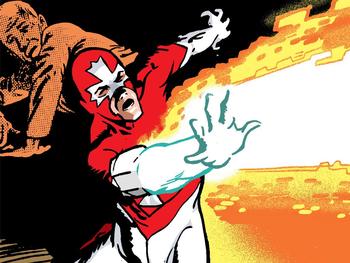
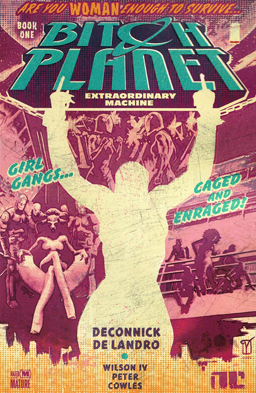 I can understand scepticism of consciously political art. But I feel it’s often misplaced. If an artist is choosing to create art about politics, it probably means that those politics have a deep power for them. Which in turn is probably because the politics are connected to their emotions, worldview, beliefs — all the things that give art power. A political theme doesn’t elevate a work of art, but good art can illuminate the political. An artist may create consciously political art because politics are their passion. A storyteller may find their politics are the lens through which to present human truth and artistic power.
I can understand scepticism of consciously political art. But I feel it’s often misplaced. If an artist is choosing to create art about politics, it probably means that those politics have a deep power for them. Which in turn is probably because the politics are connected to their emotions, worldview, beliefs — all the things that give art power. A political theme doesn’t elevate a work of art, but good art can illuminate the political. An artist may create consciously political art because politics are their passion. A storyteller may find their politics are the lens through which to present human truth and artistic power. 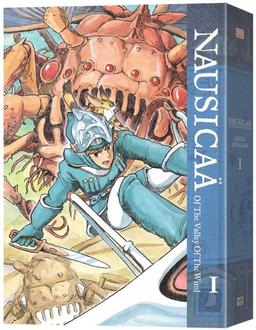
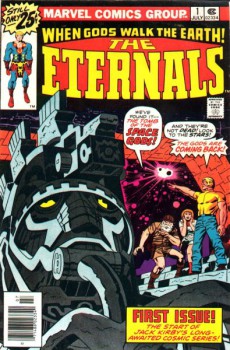
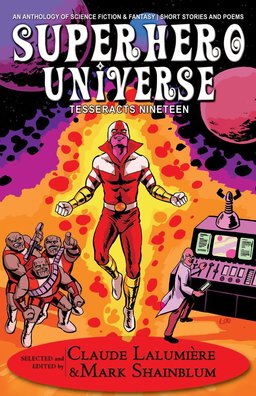
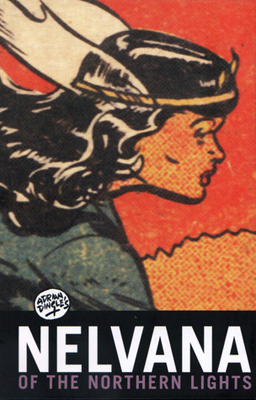 In 2014, following a successful Kickstarter campaign, Hope Nicholson and Rachel Richey published Nelvana of the Northern Lights, a trade paperback reprinting all the appearances of the eponymous Canadian super-heroine from the 1940s. IDW gave the book a wider release in hardcover and paperback later that year. It contains over 300 pages of comics written and drawn by Nelvana’s creator Adrian Dingle, mostly in black and white, along with forewords by the editors, an introduction by Dr. Benjamin Woo (Assistant Professor of Communication Studies at Carleton University), and an afterword by Michael Hirsh (an artist and animator who founded a well-known animation studio named for Nelvana). It’s a nice package, designed by Ramón Pérez, a past winner of the Eisner, Harvey, and Shuster Awards.
In 2014, following a successful Kickstarter campaign, Hope Nicholson and Rachel Richey published Nelvana of the Northern Lights, a trade paperback reprinting all the appearances of the eponymous Canadian super-heroine from the 1940s. IDW gave the book a wider release in hardcover and paperback later that year. It contains over 300 pages of comics written and drawn by Nelvana’s creator Adrian Dingle, mostly in black and white, along with forewords by the editors, an introduction by Dr. Benjamin Woo (Assistant Professor of Communication Studies at Carleton University), and an afterword by Michael Hirsh (an artist and animator who founded a well-known animation studio named for Nelvana). It’s a nice package, designed by Ramón Pérez, a past winner of the Eisner, Harvey, and Shuster Awards.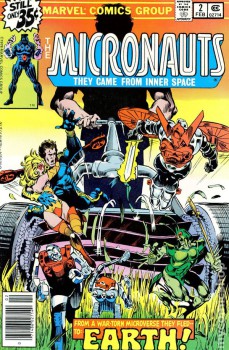
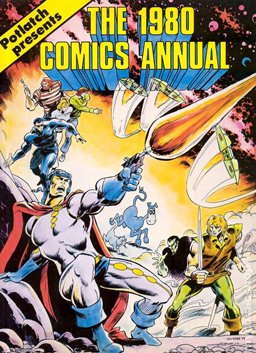 (I’ve decided to again delay my ongoing series of essays about C.S. Lewis, for a number of reasons. As it happens, though, there’s another piece I’ve been meaning to write for a while. So here it is.)
(I’ve decided to again delay my ongoing series of essays about C.S. Lewis, for a number of reasons. As it happens, though, there’s another piece I’ve been meaning to write for a while. So here it is.)